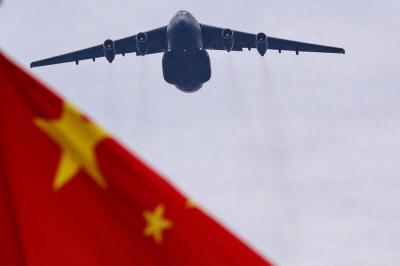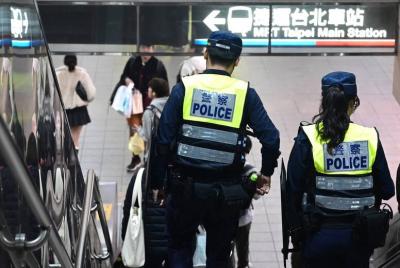To ease public concern over possible health threats in pet food, the Council of Agriculture (COA) said yesterday that its recent tests of the aflatoxin levels in about 100 types of dog and cat food showed that all products were safe for consumption.
“In January we sampled most brands of dry dog and cat food on the market for aflatoxin levels and found all to be within safety standards,” said Hsu Tien-lai (許天來), director of the council's Department of Animal Industry.
The COA investigation followed an incident in the middle of last month, when a batch of Dog Food House brand dry dog food produced on Nov. 7 was found to contain 155.59 parts per billion of aflatoxin, which is 15 times the legal safety standard.
Aflatoxin is a toxin produced by fungi. The substance is known to be carcinogenic in humans and has been documented as causing liver failure and deaths in dogs.
Hsu said the tests and analyses were conducted on 106 types of pet foods, including 94 types of dog food and 12 types of cat food produced by several popular brands, such as Pedigree, Purina, Hills, Classic, Eukanuba, Choice, Optima, Carrefour Brand, Whiskas, and DFH.
“If pet owners are still unsure about their pet's condition, the COA has asked the four veterinary hospitals affiliated with National Taiwan University, National Chung Hsing University, National Chiayi University and National Ping Tung University of Science and Technology to offer charged outpatient services specific to ailments related to animal feeds,” he said.
Concerned pet owners can also submit any suspicious pet foods to the council's Livestock Research Institute for a charged analysis, he said.
The COA will also hold a hygiene and food safety seminar with pet food manufacturers before the end of this month to prevent similar breakouts in the future, Hsu said.

Beijing could eventually see a full amphibious invasion of Taiwan as the only "prudent" way to bring about unification, the US Department of Defense said in a newly released annual report to Congress. The Pentagon's "Annual Report to Congress: Military and Security Developments Involving the People's Republic of China 2025," was in many ways similar to last year’s report but reorganized the analysis of the options China has to take over Taiwan. Generally, according to the report, Chinese leaders view the People's Liberation Army's (PLA) capabilities for a Taiwan campaign as improving, but they remain uncertain about its readiness to successfully seize

Taiwan is getting a day off on Christmas for the first time in 25 years. The change comes after opposition parties passed a law earlier this year to add or restore five public holidays, including Constitution Day, which falls on today, Dec. 25. The day marks the 1947 adoption of the constitution of the Republic of China, as the government in Taipei is formally known. Back then the Chinese Nationalist Party (KMT) governed China from Nanjing. When the KMT, now an opposition party in Taiwan, passed the legislation on holidays, it said that they would help “commemorate the history of national development.” That

Taiwan has overtaken South Korea this year in per capita income for the first time in 23 years, IMF data showed. Per capita income is a nation’s GDP divided by the total population, used to compare average wealth levels across countries. Taiwan also beat Japan this year on per capita income, after surpassing it for the first time last year, US magazine Newsweek reported yesterday. Across Asia, Taiwan ranked fourth for per capita income at US$37,827 this year due to sustained economic growth, the report said. In the top three spots were Singapore, Macau and Hong Kong, it said. South

Police today said they are stepping up patrols throughout the Taipei MRT system, after a social media user threatened to detonate a bomb at an unspecified station this afternoon. Although they strongly believe the threat to be unsubstantiated, Taipei Metro police and the Railway Police Bureau still said that security and patrols would be heightened through the system. Many copycat messages have been posted since Friday’s stabbing attacks at Taipei Main Station and near Zhongshan MRT Station that left three dead and 11 injured, police said. Last night, a Threads user in a post said they would detonate a bomb on the Taipei